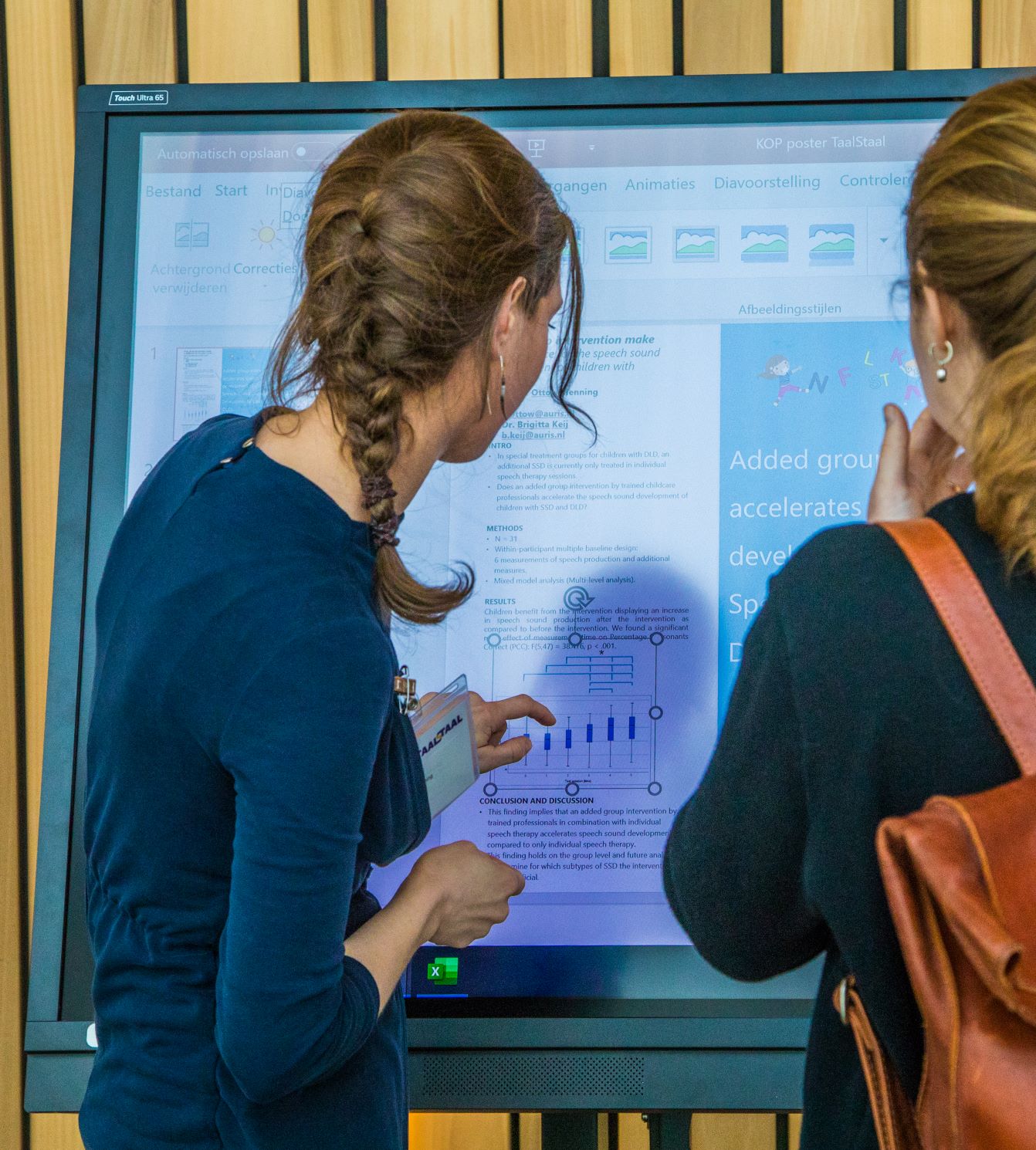Laurence B. Leonard – ‘The Changing View of Input in the Treatment of Children with Deficits in Morphosyntax’
Geplaatst op: 05-08-2019over behandeling van kinderen die problemen met morfosyntaxis hebben: welke mechanismen kunnen werken?
Many prominent treatment approaches for preschool-age children with morphosyntactic deficits place emphasis on creating an “ideal” input by increasing the number of times the target form is presented, that is, by increasing token frequency. In this presentation, three more recent intervention approaches that go beyond token frequency will be discussed. These approaches are the “Input Informativeness” approach, the “Competing Sources of Input” approach, and the “High Variability” approach. Based on recent intervention studies, all three of these approaches have been successful in helping children make significant gains in morphosyntax. The three approaches go beyond token frequency by emphasizing relative frequency and type frequency in the presentation of target forms to children. Examples of each of these approaches will be presented along with supportive evidence. With very few modifications, the key ingredients of these three approaches can be integrated into a treatment regimen without violating any of their theoretical assumptions.
(Laurence B. Leonard, Rachel E. Stark Distinguished Professor, Purdue University)
Meer nieuws

Bezoek de posterpresentaties op Taalstaal
Laat je op Taalstaal 2024 inspireren door de wetenschappers die hun onderzoek presenteren met een poster. Ongeveer vijftien onderzoekers staan bij hun poster en gaan graag met je in gesprek. Kom van alles te weten over recente wetenschappelijke onderzoeken over TOS en meertaligheid. Bijvoorbeeld over de voorlopige versie van een nieuwe manier van signaleren. Of […]
LEES BERICHT
Middagprogramma: diagnostiek, taalvaardigheid en onderwijs
Het middagprogramma van TaalStaal is verdeeld over twee zalen. In zowel de grote zaal als in de kleine zaal in het NBC staan drie lezingen geprogrammeerd. Het programma in de grote zaal gaat over diagnostiek van meertalige kinderen met TOS en over het effect van gemixt taalaanbod op de taalvaardigheid van deze kinderen. De lezingen […]
LEES BERICHT






